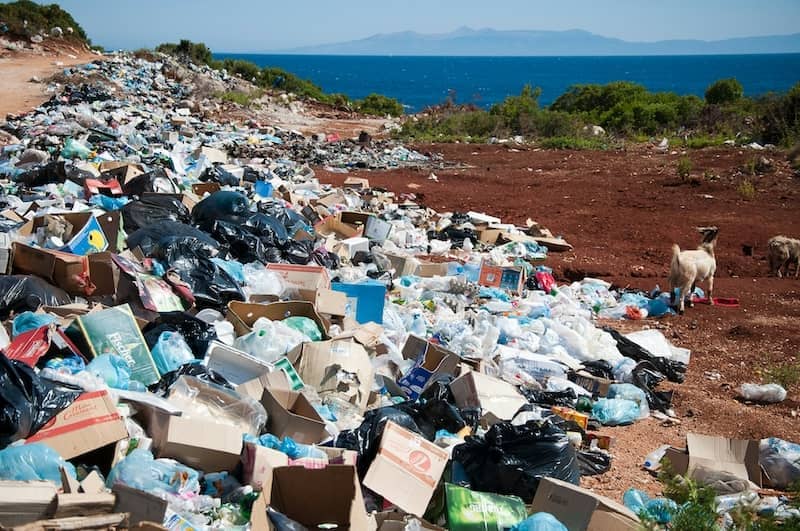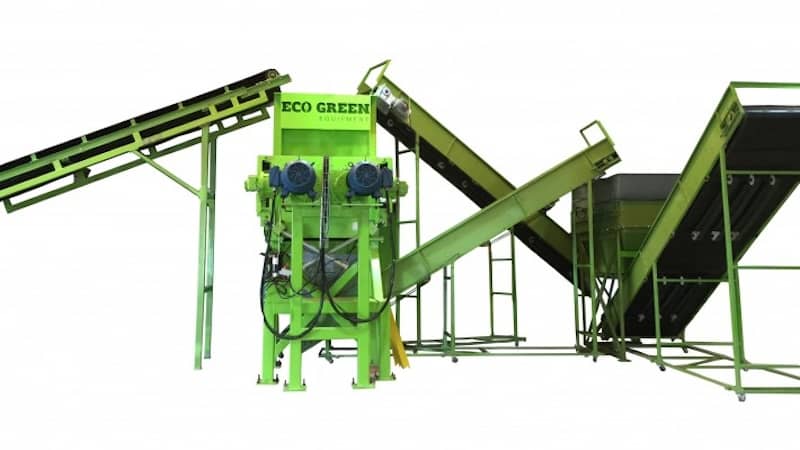Over the past year, chatbots like OpenAI’s ChatGPT have taken the world by storm. These generative AIs are changing how we approach everyday tasks like searching for a recipe, writing an email, or planning a trip. They are also changing the way businesses operate. By allowing artificial intelligence bots to take over repetitive or mundane tasks, businesses free up skilled employees to work on more taxing projects.
While many have swiftly adopted AI, its true potential to increase productivity and efficiency in the workplace is still unclear. Business leaders’ conclusions about what AI can truly do in the coming years will likely vary from one industry to another, as will its implementation. Like any new technology, it has its limitations.
AI is a hot topic among tire recycling experts, as it shows great potential for streamlining the process and improving results. It may be too soon to tell if AI will revolutionize how we recycle, but let’s examine the pros and cons of using AI in a tire recycling line.
The Pros of Using AI in Recycling
Accurate Sorting
Successful tire recycling involves breaking down end-of-life tires into reusable products like rubber chips or scrap metal. The more pure the end product, the more it may be worth to customers. Contaminants like metal or fabric in rubber mulch make it unfit for use in gardens or on playgrounds. Additionally, not all tires are the same. The rubber’s composition and the side walls’ structure vary based on the tire’s intended use. When these scrap tires arrive at the recycling plant, sorting them by type and composition ensures that the recycled product is more uniform.
Sorting is a manual process in most recycling plants. However, some tire recyclers use AI to identify tires and assess their condition and composition. Cameras and sensors collect data about the tire. Based on historical data in the system, AI can determine the brand, size, tread, wear level, and composition of each one at the rate of hundreds per hour. This information is beneficial in sorting tires and may dictate whether the tire is fit for reuse after retreading or recycled into tire-derived fuel (TDF).
Consistent Monitoring
Tire recycling takes place in multiple steps throughout large recycling facilities. Keeping watch over every machine 24/7 is nearly impossible without help. One of AI’s strengths is data analysis. It can process large sets of data quickly, including information about machine performance, condition, and maintenance needs. It can also alert recyclers to developing problems before they bring the line to a grinding halt.
Likewise, AI can monitor recycling product outputs. With the help of other equipment, it can analyze outputs for impurities and contaminants. Tracking the quality of recycled products alerts recyclers to possible issues and allows them to address them proactively, keeping product quality high.
Informed Research and Development
As the tire recycling industry continues to grow and develop, remaining at the forefront of the field will require growing, adopting new tire recycling technology, and venturing into new products. AI can help evaluate your existing recycling line, identify bottlenecks, and suggest improvements. Because AI can synthesize more data much faster than a person, it can speed up your innovation. It may even be instrumental in identifying new uses for recycled rubber.
The Cons of Using AI in Recycling
Upfront Costs
Adopting new technology inevitably comes with a cost. Integrating an AI solution in your recycling plant will likely require new machinery. You will also need to provide training to employees who will use the new technology. This initial investment may pay for itself down the road, but there are no guarantees with new technology.
Unknown Data Quality
The shortcomings of generative AI often arise from the data it has accumulated. If the data set is incomplete, flawed, or simply too small, the information you receive may not be as helpful as you had hoped. Data gathering and further training for AI is an ongoing process that is sure to improve accuracy in the future. However, it is essential to understand its limitations.
Unforeseen Shortcomings
For many years, AI technology has been developed outside the public spotlight. However, introducing it to the public has revealed many of its flaws. When put to the test, new technology often falls short of expectations and requires fine-tuning and updates. Relying on AI to perform new tasks could leave you vulnerable to unknown issues in the technology.
Necessary System Updates
AI has the potential to be a useful tool in the tire recycling industry. However, we expect that there will be many important changes to the technology in the coming years. Being an early adopter of AI in tire recycling allows you to reap the benefits. However, you will need to keep up with the changes as they come and update your system to leverage its full potential.
Tire recycling is possible because of advancements in technology. We are proud to be at the cutting edge of the industry because that allows us to provide clients with efficient waste tire recycling plant machinery equipped with the latest upgrades. While AI is still new to the tire recycling industry, it is already making waves in countries around the world. Only time will tell what role it will play in recycling lines.




